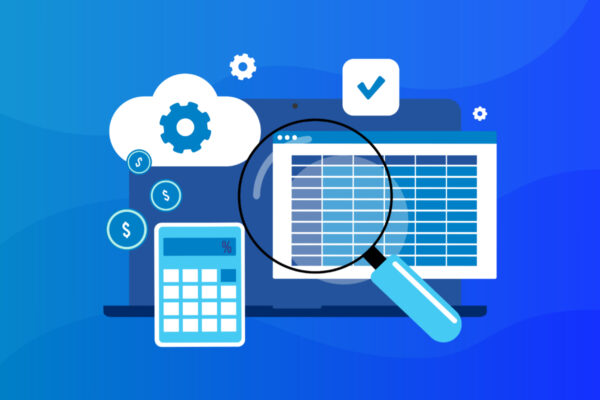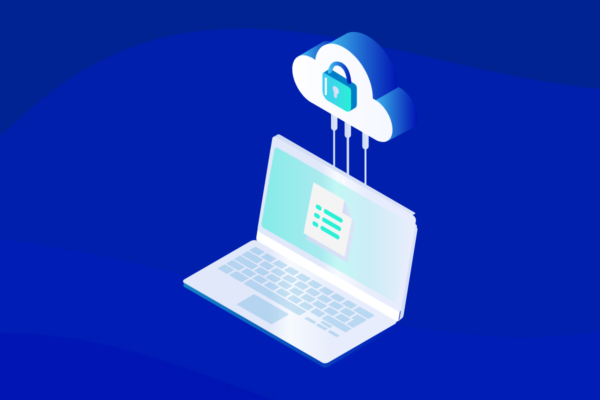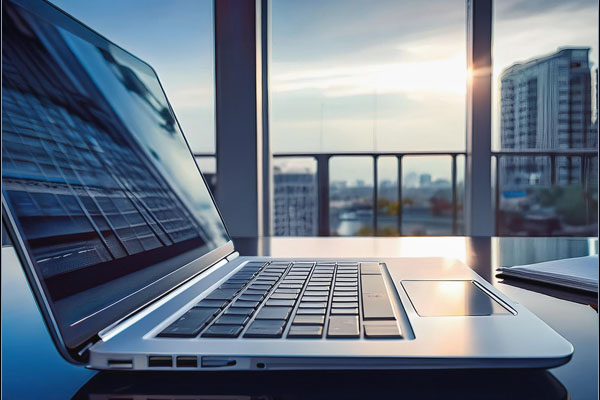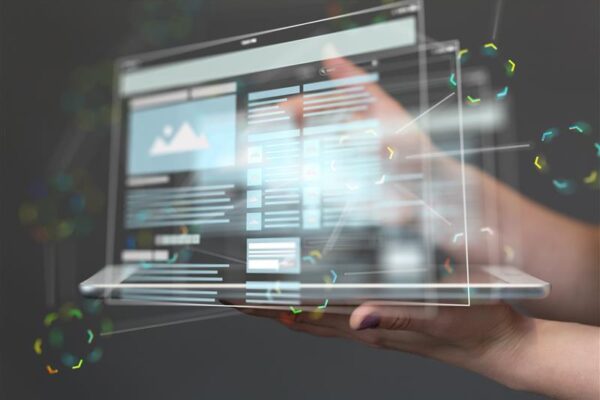What Is Desktop as a Service?
The global market for Desktop as a Service (DaaS) solutions is currently valued at around $5.5 billion. Since this market is set to generate 18% higher profits annually, it’s a wise way for managed service providers (MSPs) to connect with end users on another level.
But what exactly is DaaS? Read on to learn the ins and outs of these solutions and how they generate revenue.
What is Desktop as a Service?
Desktop as a Service (DaaS) is a type of cloud computing system where a service provider offers virtual desktops to end users via the internet. These systems generally are licensed with a per-user subscription, so you only pay for what you use.
Virtual desktops exist when preconfigured, pre-set images of an operating system (OS) or applications are separate from a physical computer. They let individuals and businesses access their systems, applications and files from any device.
The types of DaaS desktops
There are two core types of desktops that DaaS providers offer. If you are an MSP looking to provide these services to end users, it’s critical to understand this distinction so you can better market and sell your SaaS products.
A persistent desktop is a DaaS where users can customize and save their virtual desktop. When that user logs in, the desktop will look the same regardless of the device. Persistent desktops store applications, images and files.
This means they take up more storage than their non-persistent alternatives. As an MSP, you will likely be able to sell them for higher margins. They provide a more well-rounded and useful service to end users so they can enjoy greater user satisfaction.
However, non-persistent desktops also have a place in many business applications. These desktops are not saved, but instead are wiped clean every time a user logs out. Their sole purpose is to let end users access shared cloud resources.
Desktop as a Service vs. virtual data infrastructure
DaaS is essentially a virtual desktop infrastructure (VDI). VDI refers to a system where desktop environments are hosted on a central server — the only real difference between VDI and DaaS is that DaaS systems are managed by a third party.
When compared to classic VDI solutions, DaaS is:
Easier to implement and manage
Immediately deployable on new desktops and mobile devices to meet end user needs without purchasing extra hardware
Useable without a virtualization expert available 24/7
Economical since you only pay for what you use with no upfront investment
This makes DaaS a top choice for many MSPs looking to sell a new product.
Why is DaaS becoming more popular?
Desktop as a Service is a growing market in part because of the demand for remote work. The potential for DaaS usage is higher than ever before with 91% of employees saying that they are looking to work remotely at least part of the time. As the workforce changes, technology needs to grow along with it, and virtual desktops offer a way for people to access their business OS from home.
DaaS is also ideal for many clients because it is fully managed. As an MSP, you already know the benefits of managing end user accounts, but this management is even more in-demand than it used to be. It costs users less to invest in a solution managed by a third party because they don’t need to hire and train their own IT support professionals for routine maintenance.
Additionally, DaaS solutions allow end users to access their business OS on mobile devices. This accessibility is critical in a changing business world, with 73% of people predicted to exclusively access the web with their smartphones by 2025.
Potential risks of DaaS
Despite its rising popularity, DaaS is not without risks — mainly involving your clients’ business security.
If your client’s team members share the same OS, there are numerous points of entry for hackers and malware to enter the system. Attack vectors that exploit one of these dozens (or hundreds) of vulnerabilities can then get onto the broader network and infect all connected devices. This simple attack leaves both the client’s business and their employees susceptible to data loss.
Since the purpose of DaaS is accessibility on personal devices, the desktop will also be linked to poorly-secured smartphones and laptops. Your client’s users are unlikely to have professional-grade firewalls and protection on these devices, leaving them vulnerable to hacks. The hacker can then control the remote desktop and exploit data without needing to make themselves vulnerable.
These risks, in addition to the public availability of DaaS desktops, can be dangerous for the end user. Luckily, MSPs can mitigate potential problems by providing protection alongside their DaaS sales.
How can MSPs use DaaS solutions?
DaaS solutions can be a lucrative source of income for MSPs. Because you can offer them as subscription-based services, your clients will pay a per-user monthly fee, bringing in consistent income for your organization.
However, the security risks of DaaS might be too much for some end users. MSPs can use this as an opportunity to explore selling and managing security features alongside DaaS sales. Datto Advanced Threat Protection for Microsoft 365 (and other OSs) is easy to market as part of a package with DaaS technologies.
File protection and backup services, as well as Datto SaaS Protection + work to prevent malware from getting into your clients’ DaaS desktops. These technologies work to secure files and the network as a whole. They also provide disaster recovery services when implemented correctly.
Security solutions, when sold alongside DaaS systems, can double your profits. But, just as importantly, it can help you attract new clients and expand your market share.
Get started with a better solution
Now that you know how Desktop as a Service solutions can benefit your clients and how they are useful for you as an MSP, it’s important to learn more about backing them up with a multi-layered security solution.
Try Datto SaaS Protection for free. Start your 14-day trial today to learn how you can start protecting critical business programs, with a reliable and secure SaaS backup and recovery solution that helps prevent malicious malware.




